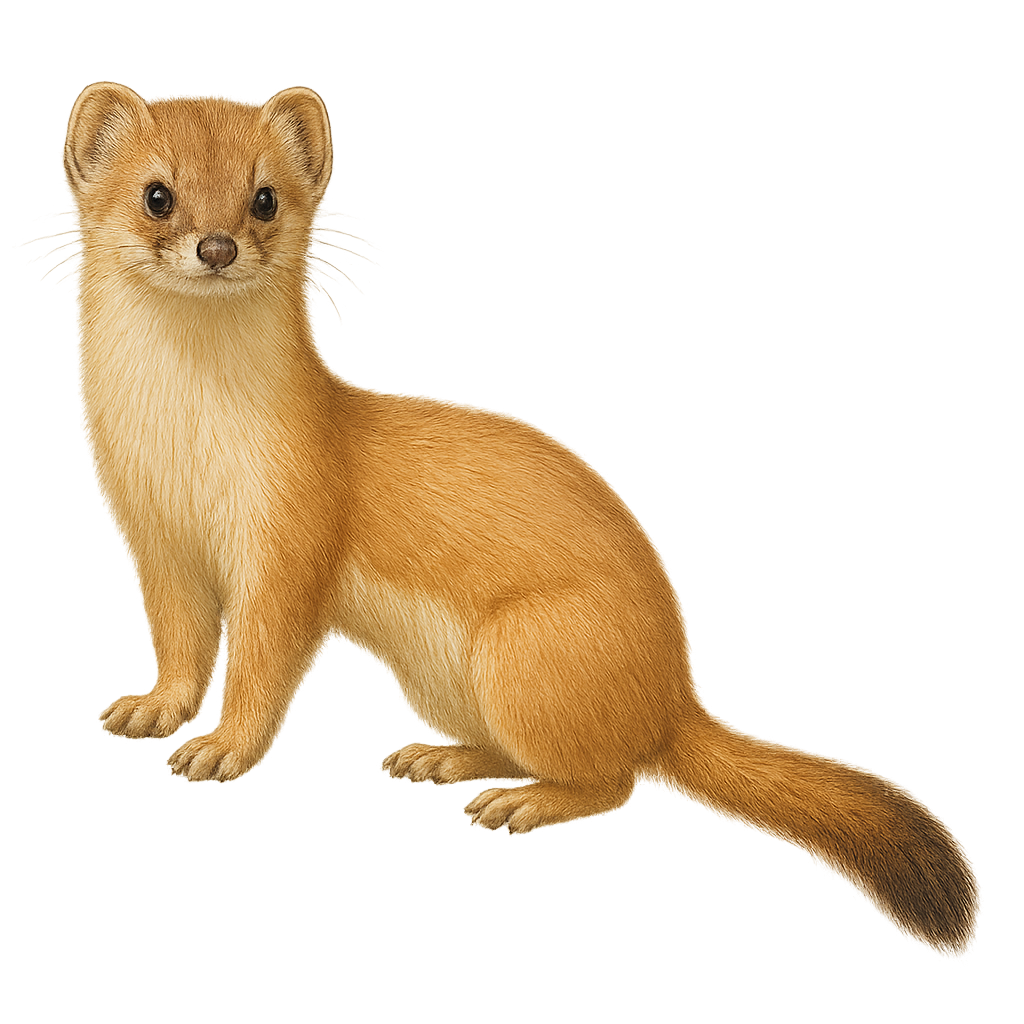Your wildlife photography guide.
Explore the mountain weasel in detail, study its behavior, prepare your shots.
Where to observe and photograph the mountain weasel in the wild
Learn where and when to spot the mountain weasel in the wild, how to identify the species based on distinctive features, and what natural environments it inhabits. The WildlifePhotographer app offers tailored photography tips that reflect the mountain weasel’s behavior, helping you capture better wildlife images. Explore the full species profile for key information including description, habitat, active periods, and approach techniques.
Mountain Weasel
Scientific name: Mustela altaica

IUCN Status: Near Threatened
Family: MUSTELIDAE
Group: Mammals
Sensitivity to human approach: Suspicious
Minimum approach distance: 10 m
Rut period: April to May
Gestation: 35-40 jours
Births: May to July
Habitat:
Alpine meadows, coniferous forests, rocky areas
Activity period :
Primarily active during the day, with peak activity in the morning and late afternoon.
Identification and description:
The mountain weasel, Mustela altaica, is a small mustelid native to the mountainous regions of Central Asia. It is characterized by its dense, silky fur, typically light to dark brown, with a lighter underside. Its body length ranges from 22 to 29 cm, with a tail measuring about 12 to 15 cm. Adapted to cold environments, it is often found in alpine meadows, coniferous forests, and rocky areas. As a carnivore, it primarily feeds on small mammals, birds, and insects. Although elusive, it plays a crucial role in controlling rodent populations.
Recommended lens:
400 mm – adjust based on distance, desired framing (portrait or habitat), and approach conditions.
Photography tips:
To photograph the mountain weasel, it's advisable to use a telephoto lens of at least 400mm to capture sharp images from a distance. Look for areas where it is active, such as alpine meadows or forest edges. Be patient and discreet, as this animal is suspicious and fast. Take advantage of crepuscular hours when the soft light highlights its fur. Use a tripod to stabilize your camera and adjust your settings for low light conditions.
The WildlifePhotographer App is coming soon!
Be the first to explore the best nature spots, track rutting seasons, log your observations, and observe more wildlife.
Already 1 430 wildlife lovers subscribed worldwide

